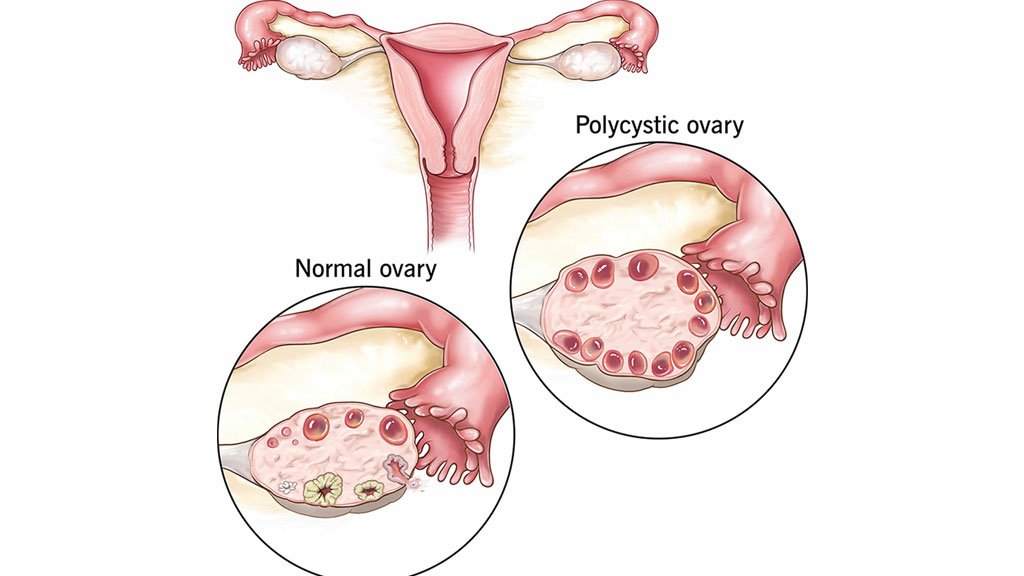Many people use PCOD (Polycystic Ovarian Disorder) and PCOS (Polycystic Ovarian Syndrome) interchangeably, but they are distinct conditions affecting women’s reproductive health. Though both involve ovarian cysts and hormonal imbalances, PCOS is a more complex metabolic syndrome.
What Is PCOD?
PCOD occurs when hormonal imbalance causes immature eggs to develop into cysts within the ovaries. Characterized by elevated androgen levels, it often leads to irregular menstrual cycles, hair loss, and weight gain.
What Is PCOS?
PCOS is a metabolic disorder involving hormonal imbalance, insulin resistance, and polycystic ovaries. Women with PCOS may experience infertility, obesity, hair thinning, and acne. It carries broader health risks compared to PCOD.
PCOD vs PCOS: Side-by-Side Comparison
| Aspect | PCOS | PCOD |
|---|---|---|
| Definition | A metabolic syndrome diagnosed via Rotterdam criteria (2 of 3: high androgen, irregular periods, polycystic ovaries) | A hormonal imbalance causing ovarian cysts, often diagnosed via ultrasound |
| Hormones | Androgen excess, insulin resistance | Androgen imbalance; may not involve insulin resistance |
| Symptoms | Irregular cycles, hirsutism, infertility, acne, weight gain | Irregular cycles, hair loss, mild weight changes |
| Long-Term Risk | Increased risk of diabetes, CVD, endometrial cancer | Generally lower long-term risk |
| Diagnosis | Blood tests, ultrasound, clinical symptoms | Ultrasound and hormonal evaluation |
| Treatment | Lifestyle changes + medications (e.g. metformin, hormonal therapy) | Lifestyle adjustments; medication may be optional |
Causes of Both Conditions
-
Genetics: Family history plays a major role in both.
-
Insulin Resistance: Common in both conditions, especially PCOS.
-
Obesity: Exacerbates hormonal imbalances and metabolic issues.
PCOS can occasionally be more genetically influenced or prevalent in certain ethnicities. But both are linked to similar risk factors.
Symptoms Overview
Symptoms are often similar with overlapping signs:
Common Signs in Both PCOD and PCOS
-
Irregular or missed menstrual cycles
-
Elevated male hormone levels causing hair thinning and acne
-
Enlarged ovaries with multiple small follicles
PCOS-Unique Symptoms
-
Infertility issues due to lack of ovulation
-
Obesity, insulin resistance, and metabolic syndrome
-
Greater psychological impact (stress, anxiety, depression)
How Are They Diagnosed?
PCOD
-
Ultrasound shows cysts
-
Hormone tests (androgen levels)
-
Physical exam and medical history
PCOS
-
Rotterdam criteria applied: ultrasound + lab tests + symptoms
-
Checks for metabolic markers like insulin resistance and lipid profile
Treatment Strategies
Lifestyle Modifications for Both
-
Balanced diet (low-GI, high-fiber)
-
Regular physical activity
-
Weight management
Medication: More Common in PCOS
-
Oral contraceptives or anti-androgens
-
Metformin to improve insulin sensitivity
-
Fertility treatments if needed
PCOS typically requires a more comprehensive medical approach due to its systemic effects.
Diet Recommendations
For PCOD
-
Low-GI foods: whole grains, leafy vegetables, beans
-
Anti-inflammatory foods: fatty fish, berries, greens
-
Healthy fats: nuts, seeds, avocado
For PCOS
-
Similar to PCOD, with emphasis on omega-3 sources: fish, flaxseed
-
Antioxidant-rich fruits, leafy greens, fiber-rich carbs


